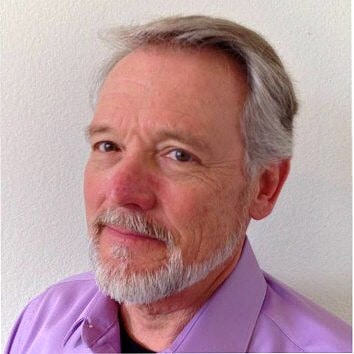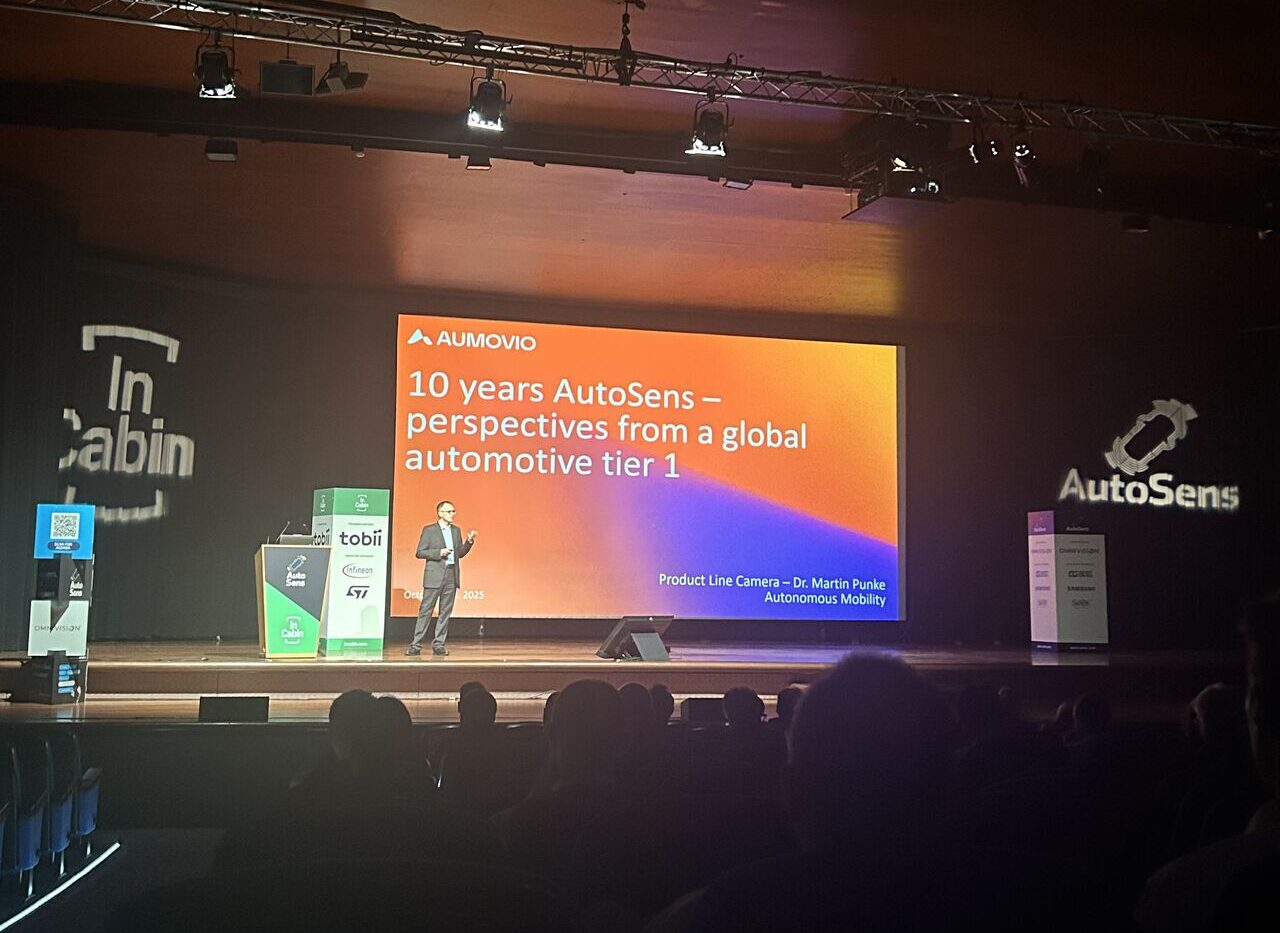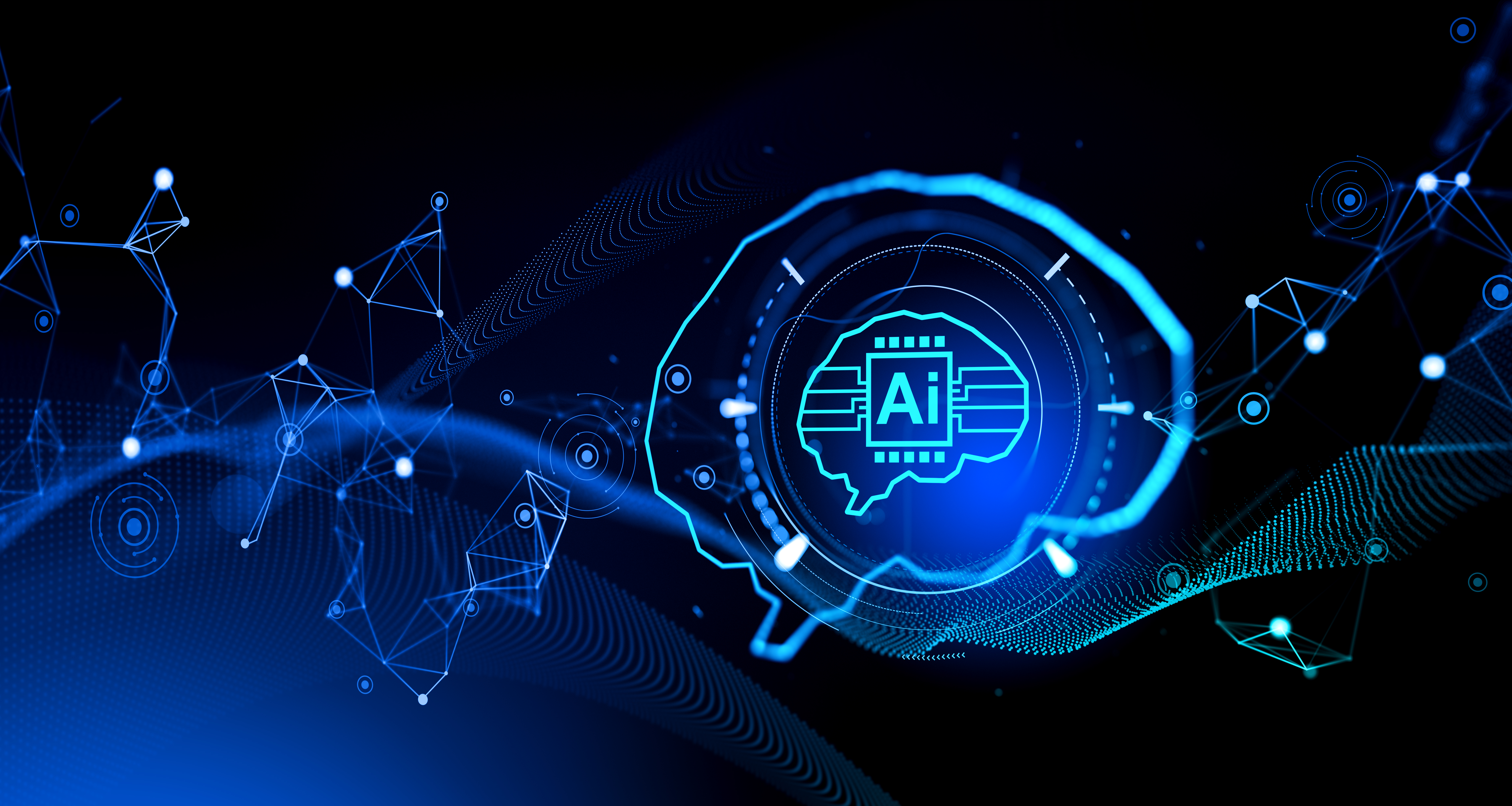A tale of days of yesteryear and embracing automotive technology today

This fictional story reimagines the role of repair shops and government in the era of today’s technology, and the training afforded operators at Industry Week
Chapter 1: Old vs. New Understanding
Dave’s Auto Repair was more than a business, it was a sanctuary of the old ways, a place where the air was thick with honest scents of diesel and sweat. For two decades, Dave’s grease-stained hands and deep understanding of heavy trucks had made him an essential, if humble, cog in the supply chain.

His shop, with its groaning engine hoist and screaming pneumatic tools, was a living museum of practical engineering. When a Class 8 semi rumbled in with a faulty injector or a delivery truck limped in with a dead fuel pump, Dave and his technicians, Mike and Carlos, could fix it. Their diagnostic tools were often a mix of traditional socket sets, a well-tuned ear, and decades of ingrained experience.
A fleet of his own meticulously kept, older trucks stood as a testament to his philosophy: squeezing every drop of life from a machine. He saw the new wave of proprietary software and complex diagnostic pads as a crutch, taking fierce pride in the fact that a hammer and wrench in his hands could solve problems that stumped a dealership’s slick, digital interface.
Chapter 2: The Earthquake of Change
The seismic shift in the industry did not arrive as a sudden shock, but as a series of low-frequency vibrations that chipped away at Dave’s carefully constructed world. The source of the tremor was the Environmental Protection Agency (EPA).
For years, the EPA had steadily tightened emissions regulations, but the new multi-pollutant rule for vehicles starting in the 2027 model year felt less like tightening and more like a total industrial re-engineering. The EPA’s March 2024 announcement set stricter standards for nitrogen oxides and particulate matter, as well as extended the useful life and warranty of a truck’s emissions system to 650,000 miles.
To Dave, these were not just numbers on a page. They were an omen. He imagined the cascade of delicate sensors and filters, each one a potential point of failure. The future he envisioned is more trucks with more electronics than a spacecraft, requiring a computer science degree rather than a mechanic’s practiced touch.
Chapter 3: The Weight of Complexity
The new performance-based EPA regulations gave manufacturers the freedom to choose how to meet the standards, but Dave felt the full, crushing weight of the requirement. While the EPA touted health and climate benefits, he saw how the old approach to business was quickly becoming obsolete.
As a member of the Specialty Equipment Market Association (SEMA) and a local truck organization, he noticed escalating warnings across newsletters and websites. The added complexity of emissions-reduction technology — more sensors, more systems, and proprietary software — would make service and repairs far more difficult and costly.
He pictured his shop, his trusted tools made obsolete by unseen software protocols, his skilled hands feeling useless when faced with a diagnostic screen he could not even navigate, let alone fix.
Chapter 4: The Movement of Opposition
Dave’s quiet dread found a response from national organizations such as the American Trucking Associations and the Owner-Operator Independent Drivers Association, who launched vocal campaigns against the regulations.
Independent operators filed lawsuits against the EPA, arguing the new rules were not technically workable or environmentally sound. Their arguments — centering on the unrealistic post-2030 emissions targets given the state of current EV technology and charging infrastructure — confirmed that Dave was not alone in his concerns.
The industry’s resistance stemmed from real-world issues, including the astronomical cost of new, compliant trucks that small companies could not absorb. For Dave, hearing these reports was a rallying cry, transforming his internal fears into a powerful chorus of coordinated opposition.
Chapter 5: The Awareness of Opportunity
Dave understood that survival needed more than protest; he had to face the future, not just fear it. He decided to attend Industry Week in Las Vegas, an event he had never considered before. The conference themes on EV maintenance and telematics, resonated deeply.
Breakout sessions hinting at a growing trend toward specialized automotive facilities gave him an idea. His deep love for diesel could be his strength, not his weakness. He realized the market was segmenting, with a continuing demand for traditional work and a new, lucrative market appearing for precise, data-driven repairs. For the first time in years, Dave felt a flicker of purpose and a clear plan appearing. He was no longer just a mechanic facing obsolescence, but a business owner at a crossroad, seeing a path forward.
Epilogue
The automotive service and repair industry is navigating a period of momentous change, driven by new regulations and advanced vehicle technologies. Success in this evolving market hinges on a clear strategy that combines traditional ability with modern adaptation.
Shops that thrive, like Dave’s Auto Repair, do so by embracing strategic specialization and continuous innovation. Key takeaways and recommendations for shops include:
- Strategic Adaptation and Specialization: Moving beyond basic resistance to mandates and instead focusing on areas like advanced driver-assistance systems (ADAS) and electric vehicles (EVs).
- Investment in Skills and Technology: Investing in new equipment and ongoing training is essential to service modern vehicles and remain competitive.
- Collaboration and Access to Information: Fostering cooperation between industry and regulators, as well as advocating for improved access to vehicle service data, is critical for fair growth.
This approach, reinforced by industry events like SEMA and AAPEX 2025, provides a clear roadmap for independent shops to not only survive but also lead in the future of automotive repair.
Steven E. Schillinger is an accredited Professional Engineer and often speaks at auto industry meetings about EPA, OSHA and Fire Marshal regulations. He is certified for ANSI/ASHRAE/USGBC/IES Standard 189.1-2014 and works with companies to resolve and remove environmental, health and safety violations.
link





